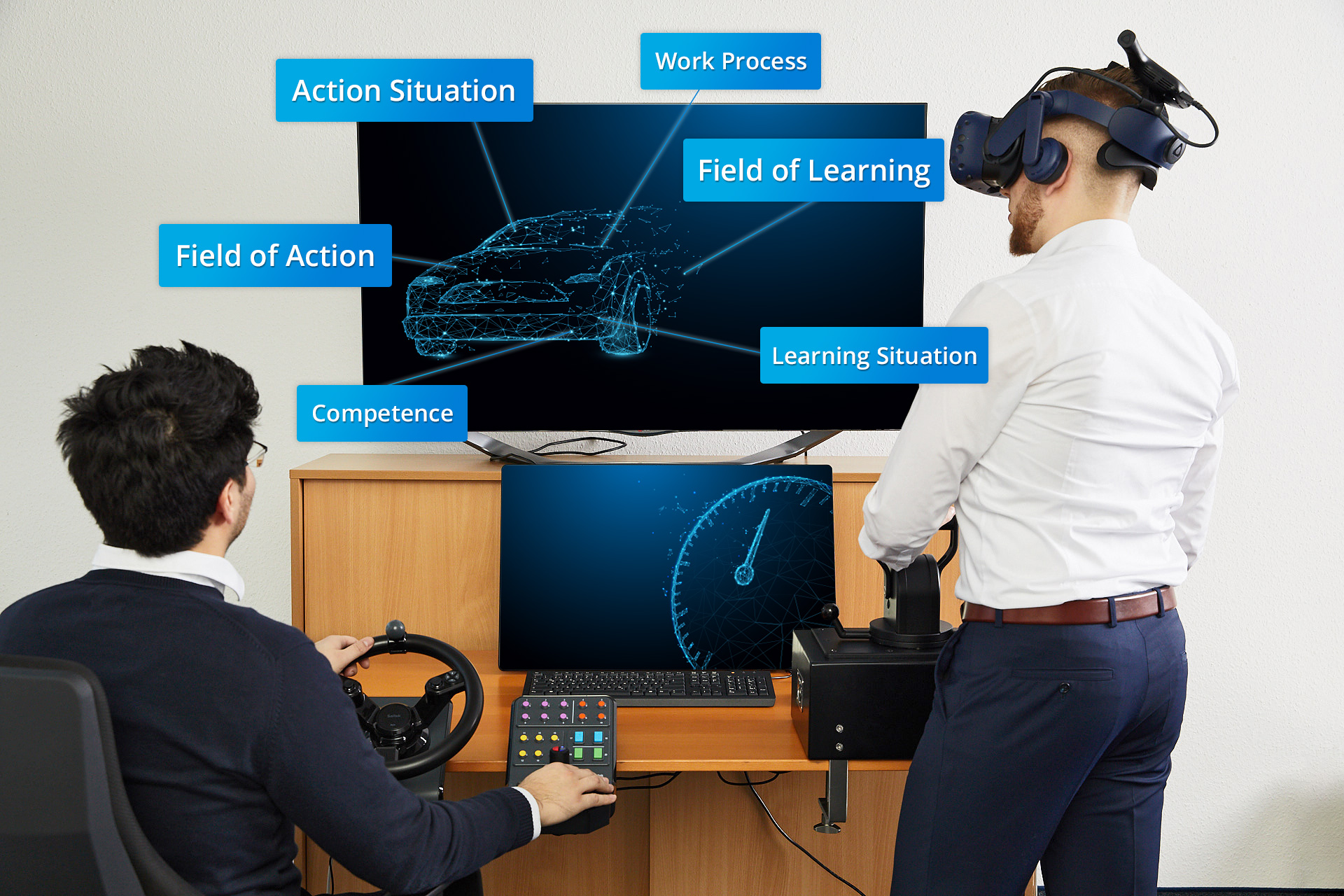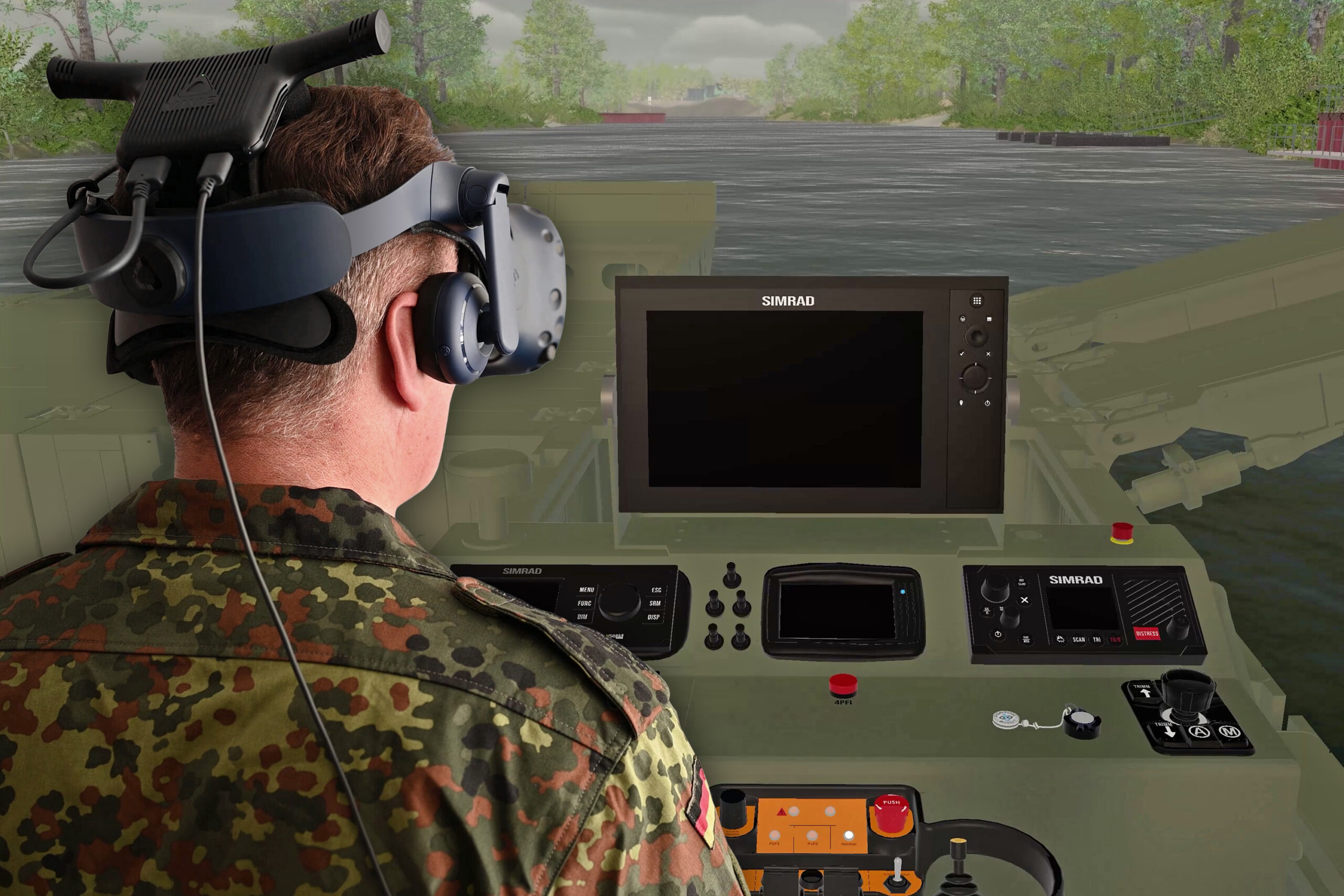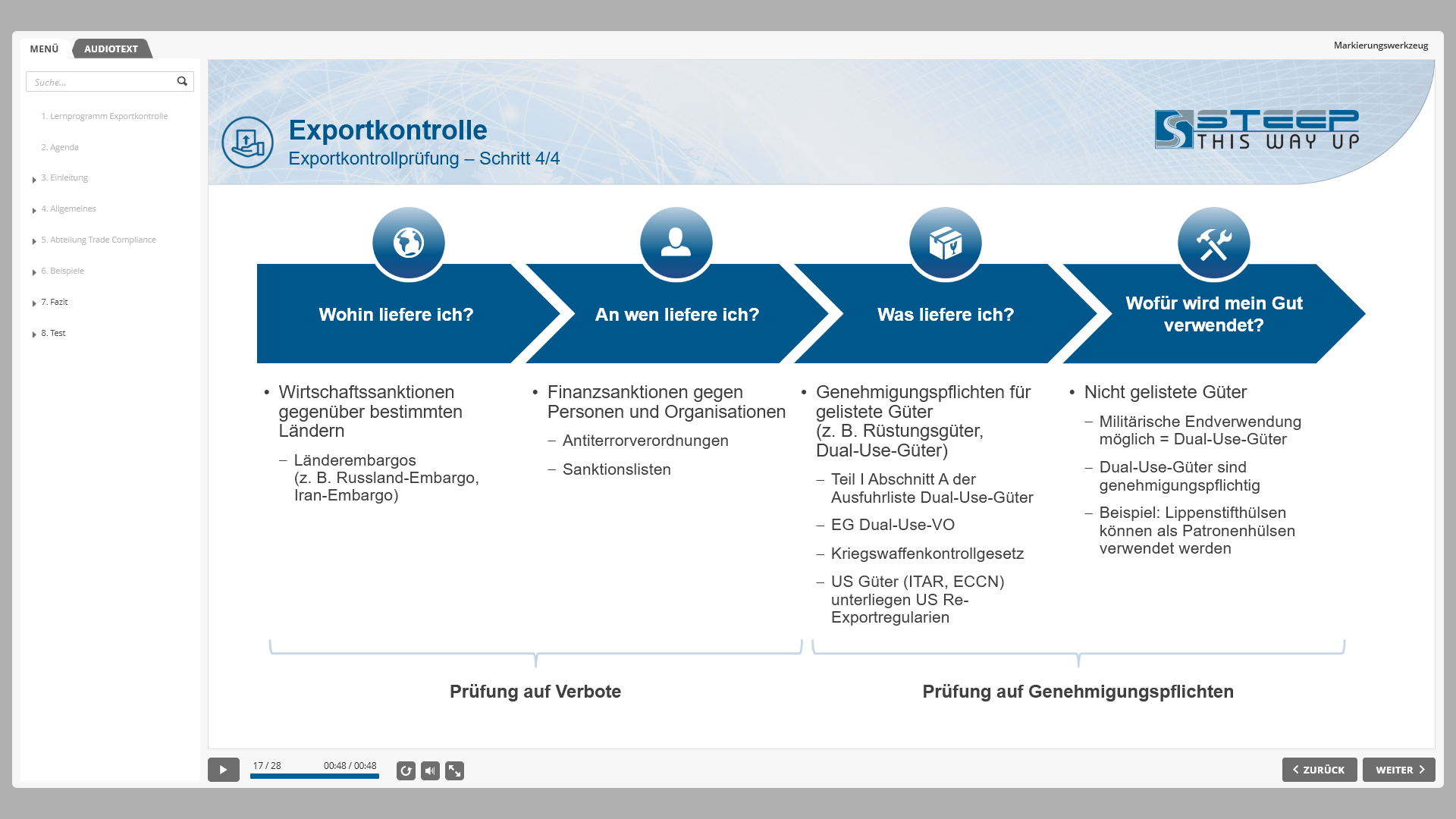Competence-Oriented Training – Explained Step by Step
The term “competence-oriented training” has been circulating in the education sector for several years. But what exactly are competencies and how is competency-oriented training actually implemented? In this small newsletter series we would like to show you which terms are connected with competence-oriented training and how you can plan and implement such training step by step. For this purpose, in this section you will learn which central ideas are associated with the topic. In the further parts you will learn how to find relevant action situations and fields of action (part 2), how to transfer these into learning fields (part 3) or learning situations (part 4) and how to finally carry out a good training (education, further education) from this planning (part 5).
The concept of “competence” is at the heart of competence-oriented training. According to the underlying learning theory (moderate constructivism), such competences can only be acquired if learners actively develop them. A direct transfer of knowledge from the teacher to the learners is only possible to a limited extent. Put simply, “competences” can be described in terms of abilities, skills and knowledge. Since, however, in addition to knowledge and skills, the willingness to apply what has been learned is also part of the learning process, motivation also plays an important role in the analysis. As a consequence from these approaches, competence-oriented training focuses firstly on the skills and knowledge that learners are supposed to have acquired at the end of a learning period (training is thought from the end), and secondly there is a shift from teaching to learning through activation, independent problem-solving and periods of reflection.
To do this, however, one must first know which competences are required at the end of a training course, which is why in the next section we will also deal with the identification of relevant (company-related) action situations.








